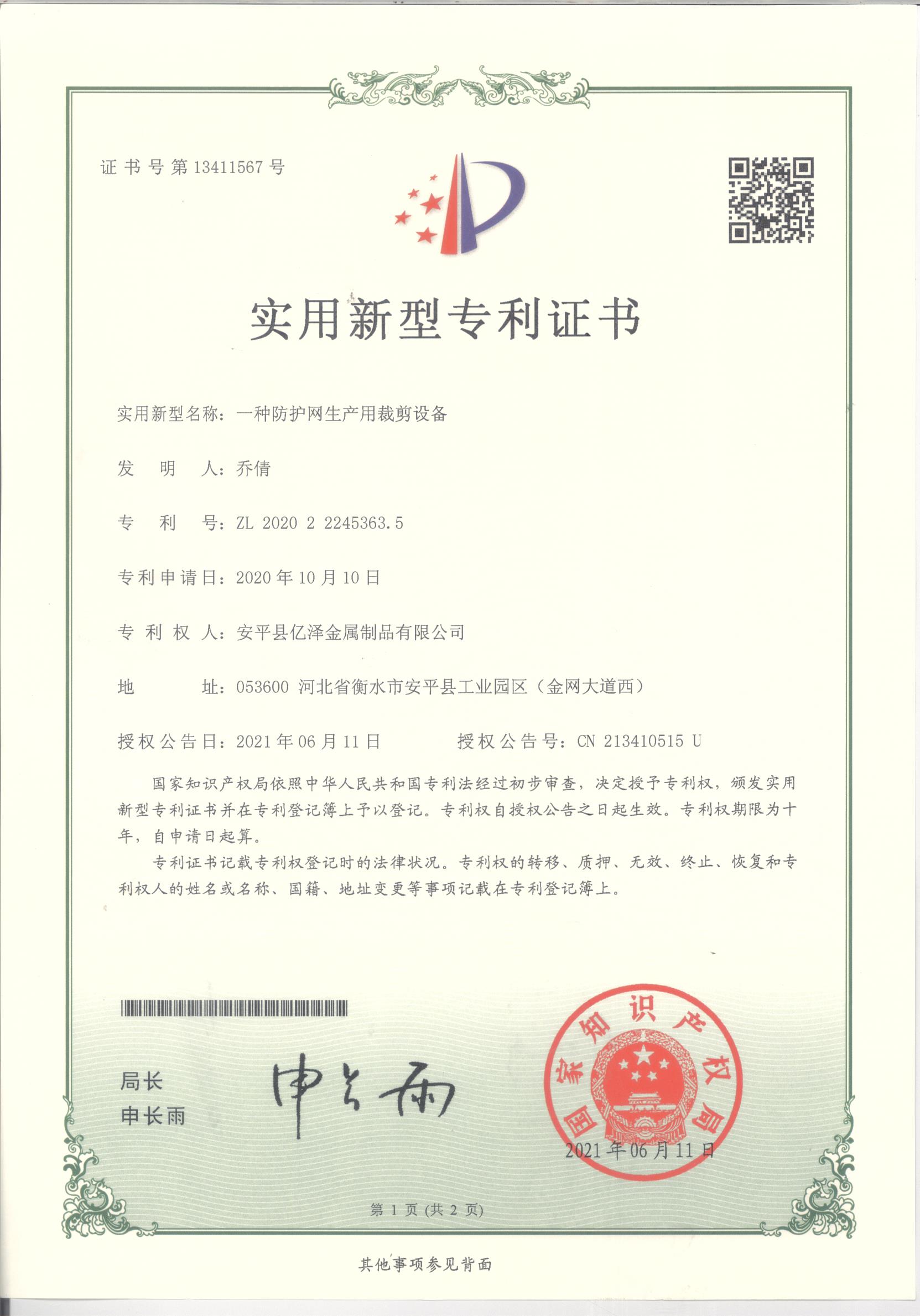chicken plucker and scalder
Nov . 05, 2024 08:20 Back to list
chicken plucker and scalder
The Importance of Chicken Pluckers and Scalders in Poultry Processing
In the poultry processing industry, efficiency and hygiene are paramount. The importance of chicken pluckers and scalders cannot be overstated, as these two pieces of equipment play a crucial role in transforming freshly slaughtered chickens into market-ready products. Understanding how they function and the benefits they offer can provide insight into the complexities of poultry processing.
Scalding Preparing Chickens for Plucking
Scalding is the first step in the plucking process. After chickens are slaughtered, they are placed in a scalding tank filled with hot water—typically between 140°F to 160°F (60°C to 71°C). The purpose of scalding is twofold it helps kill bacteria on the chicken's skin and loosens the feathers, making them easier to remove.
The science behind scalding relies on heat. The hot water denatures the proteins in the feather follicles, effectively causing the feathers to detach with minimal effort. Proper scalding is crucial; too little time in the hot water can result in feathers that are difficult to pluck, while over-scalding can negatively affect the quality of the meat, leading to poor feather removal and meat that is overly waterlogged.
The Role of Chicken Pluckers
Once the chickens have been scalded, they enter the plucker. A chicken plucker is designed to automate the feather removal process, significantly increasing efficiency compared to manual methods. Pluckers typically consist of a drum lined with rubber fingers or similar materials that agitate the chickens as they rotate. The mechanical action mimics the manual plucking motion but in a much faster and more effective manner.
Modern chicken pluckers can process hundreds of birds per hour, which is essential for large-scale poultry operations. In addition to efficiency, automated pluckers reduce the physical labor involved in processing chickens, mitigating the risk of worker fatigue and potential injuries associated with repetitive manual tasks.
Benefits of Using Scalders and Pluckers
chicken plucker and scalder

1. Improved Hygiene The scalding process helps eliminate potential pathogens on the chicken’s skin, ensuring a lower risk of foodborne illnesses. Coupling this with an efficient plucking system promotes overall hygiene in the processing environment.
2. Increased Efficiency Automated scalders and pluckers allow poultry processors to handle large volumes of birds in a shorter amount of time. This not only increases productivity but also enhances profit margins by reducing labor costs and minimizing downtime.
3. Consistency in Quality Mechanical systems provide a consistent and uniform method for both scalding and plucking. This leads to uniformity in product quality, which is crucial for meeting consumer expectations and regulatory standards.
4. Labor Reduction By using mechanical pluckers, poultry processors can reduce the number of workers needed for these tasks. This allows labor resources to be allocated to other areas of the plant, improving overall operational efficiency.
5. Sustainability With the advancements in technology, modern scalders and pluckers are designed to be more energy-efficient and reduce water consumption. This contributes to a more sustainable processing operation.
Conclusion
The integration of chicken pluckers and scalders in the poultry processing industry marks a significant advancement in efficiency, hygiene, and product quality. As consumer demand for poultry products continues to grow, the importance of these machines will remain paramount. Proper scalding and effective plucking are essential to ensuring that chickens are processed efficiently while maintaining high standards of safety and quality.
In summary, scalders and pluckers are invaluable tools, representing the intersection of technology and food safety in modern poultry processing. Their role is crucial not only in maintaining the health of the end consumer but also in supporting the economic viability of poultry processors around the world. As the industry evolves, the innovations in these areas will only continue to play a critical part in shaping the future of poultry production.
-
Hot Sale 24 & 18 Door Rabbit Cages - Premium Breeding Solutions
NewsJul.25,2025
-
Automatic Feeding Line System Pan Feeder Nipple Drinker - Anping County Yize Metal Products Co., Ltd.
NewsJul.21,2025
-
Automatic Feeding Line System Pan Feeder Nipple Drinker - Anping County Yize Metal Products Co., Ltd.
NewsJul.21,2025
-
Automatic Feeding Line System - Anping Yize | Precision & Nipple
NewsJul.21,2025
-
Automatic Feeding Line System - Anping Yize | Precision & Nipple
NewsJul.21,2025
-
Automatic Feeding Line System-Anping County Yize Metal Products Co., Ltd.|Efficient Feed Distribution&Customized Animal Farming Solutions
NewsJul.21,2025






